

The Ultimate Guide to Creating Your Dream Flower Garden
Introduction
A flower garden brings vibrant beauty to any space. It offers color, fragrance, and a sense of tranquility. The joy of nurturing blooms is unmatched. Plus, you can choose from countless flower types and styles! Whether you prefer sunny daisies or elegant roses, a flower garden is a rewarding endeavor.
If you’re just starting out, a Flower Seed Starter Kit can help you kickstart your gardening journey! It’s like a cheat code for blooming success, ensuring you have all the right seeds to get started without the guesswork.
Summary and Overview
In this guide, you will learn the essentials for creating a stunning flower garden. We’ll cover planning, design, and ongoing care to ensure your garden thrives. Explore various styles, from charming cottage gardens to sleek formal designs. Discover how to create wildflower gardens that support local wildlife. Flower gardens not only enhance your landscape but also attract pollinators, boosting biodiversity. Embrace the beauty of nature while enjoying the satisfaction of growing your own flowers!
To keep your flowers healthy, a Organic Compost is essential. It’s like food for your plants, ensuring they grow strong and vibrant. Plus, it’s eco-friendly, so you can garden with a clear conscience!
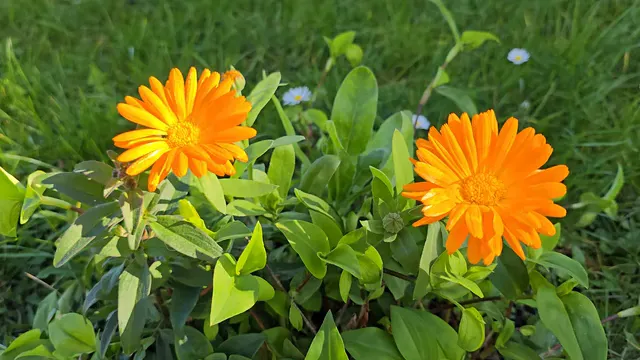
Designing Your Flower Garden
Understanding Your Space
First, assess your available space. Do you have a sprawling yard or a cozy balcony? Each option offers unique possibilities. If you’re working with a yard, consider traditional beds. For smaller areas, container gardening is a fantastic choice.
Container gardening can help you maximize your space while still enjoying the beauty of flowers. Explore container gardening ideas for small spaces.
Next, pay attention to sunlight. Most flowers thrive in full sun, so check which areas receive the most light throughout the day. Also, evaluate your soil type. Is it sandy, clay, or loamy? This will affect plant growth, so you might need to amend it.
Lastly, measure your garden space. Use a tape measure to outline your garden area. Planning the size will help you choose the right flowers and avoid overcrowding. A well-thought-out layout can make all the difference in your floral display.
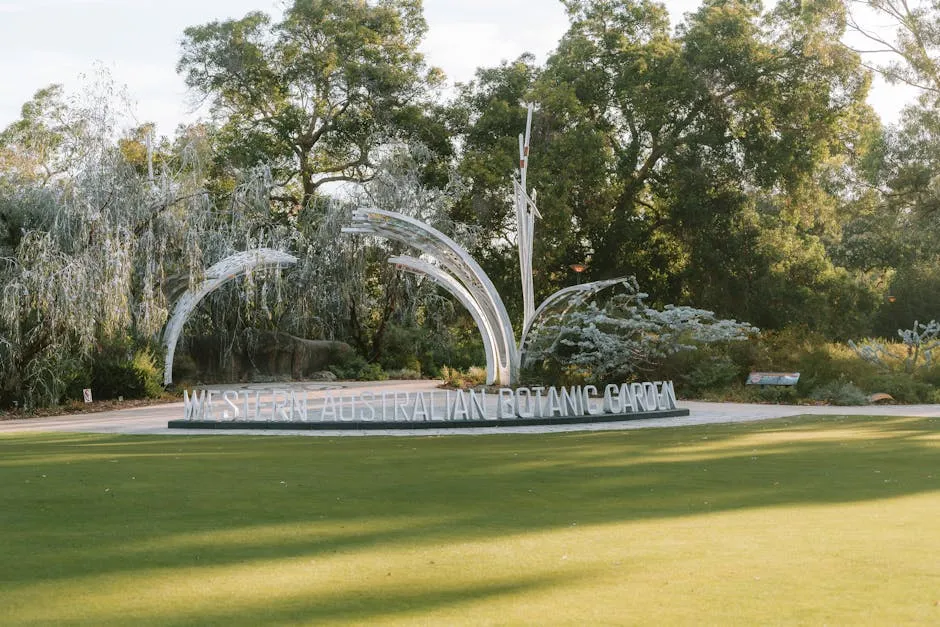
Choosing the Right Flowers
When selecting flowers, consider annuals versus perennials. Annuals bloom all season but need replanting each year. Perennials return year after year, offering lasting beauty. Mixing both can create a vibrant garden.
Think about color schemes. Do you prefer bright hues or soft pastels? Use complementary colors to create visual harmony. Also, consider flower heights. Taller plants can serve as a backdrop for shorter ones, adding depth to your garden.
Don’t forget native plants! They adapt well to local conditions and support local ecosystems. Pollinator-friendly flowers, like coneflowers and bee balm, attract bees and butterflies, making your garden lively and beneficial. Choose wisely, and your garden will flourish!

Planning for Seasonal Blooms
Creating a flower garden with year-round color is all about timing. Staggering bloom times ensures there’s always something fresh to enjoy. For instance, early spring might showcase crocuses and daffodils. As spring transitions into summer, peonies and lilies take center stage. Then, in late summer, sunflowers and asters bloom, providing vibrant hues. Finally, fall brings chrysanthemums and ornamental grasses to the forefront, adding warmth to your garden. By mixing these varieties, you can create a beautiful, ever-changing display throughout the year.

Flower Garden Styles
Cottage Garden
Cottage gardens are known for their relaxed, informal designs. They often feature a delightful mix of flowers, herbs, and even vegetables. This style embraces a natural look, allowing plants to grow freely. You’ll find vibrant blooms like foxgloves, daisies, and hollyhocks scattered throughout. The use of winding paths and rustic fences adds charm. This style feels inviting and encourages a connection with nature. Planting in clusters creates a lush, full effect, perfect for attracting pollinators. With a cottage garden, you can enjoy the beauty of a colorful, thriving ecosystem right in your backyard.
To keep your cottage garden looking its best, consider adding Garden Kneeler and Seat to ease the strain on your knees while planting or weeding. It’s like a throne for your gardening adventures!

Formal Garden
In contrast, formal gardens exude elegance and structure. These gardens prioritize symmetry and order, creating a visually pleasing layout. Typically, you’ll find straight paths and neatly trimmed hedges. Flower beds are often organized in geometric shapes, showcasing a limited variety of blooms. Roses and tulips are popular choices, adding classic beauty. To enhance the overall design, consider using a consistent color palette. This creates a cohesive look that’s both refined and sophisticated. A formal garden invites admiration and provides a serene space for relaxation.
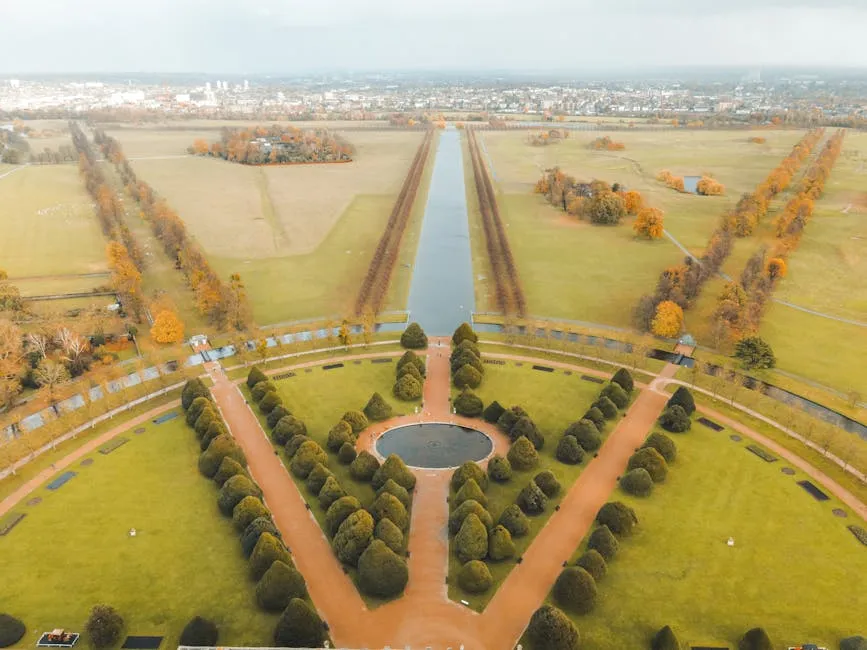
Wildflower Garden
A wildflower garden is a fantastic choice! It requires minimal upkeep and supports local wildlife. These gardens burst with color and attract pollinators like butterflies and bees. Plus, they create a natural habitat for various creatures.
To start your wildflower garden, select native seeds. Native plants thrive in your local climate and soil. This means they need less water and care. Look for seed mixes designed for your region. These are often available at garden centers or online.
When sowing seeds, choose a sunny spot in your yard. Prepare the soil by clearing weeds and debris. Scatter the seeds evenly, then lightly rake them in. Water gently to avoid washing away the seeds. With patience, you’ll soon enjoy a vibrant display of blooms!
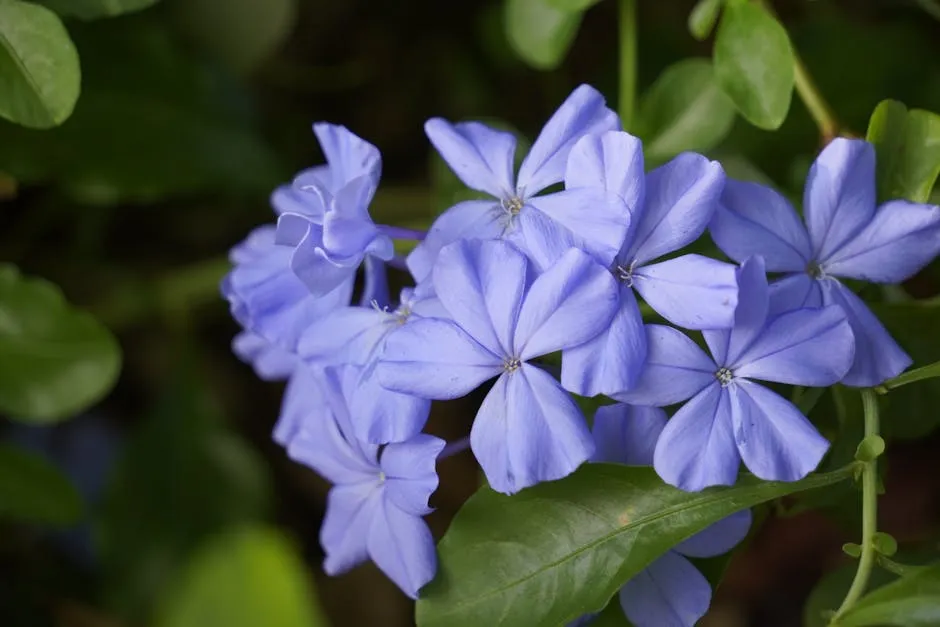
Vertical and Container Gardens
Vertical gardens are trending, especially in small spaces. They allow you to maximize your planting area while adding unique visual appeal. To create a vertical garden, choose a trellis or a wall-mounted planter. These structures support climbing plants like peas or flowering vines. To ensure success, learn how to choose the right soil for indoor vertical gardens.
Vertical gardens can thrive with the right soil. Learn how to choose the right soil for your vertical garden.
Container gardening is another excellent option for limited spaces. You can use pots, raised beds, or even hanging baskets. Opt for colorful flowers, herbs, or vegetables that fit your style. Mix different sizes for a dynamic look.
Consider using self-watering containers for easy maintenance. They’re perfect for busy gardeners. With both vertical and container gardens, you can enjoy lush greenery without needing a large yard!

Maintenance and Care
Soil Preparation
Healthy soil is the foundation of a thriving garden. Start by testing your soil’s pH and nutrient levels. This will guide you in making necessary amendments. Compost is an excellent addition, enriching the soil with nutrients. To prepare the soil, follow these steps:
- Clear the area of weeds, grass, and debris.
- Loosen the soil to a depth of about 12 inches.
- Mix in a layer of compost, about 2-4 inches thick.
- For clay soil, add sand to improve drainage.
- Rake the soil to create a smooth surface for planting.
With well-prepared soil, your flowers will have the best chance to flourish! For more insights on soil preparation, check out how to prepare soil for a drought resistant flower garden.
Soil preparation is key to a successful garden. Learn how to prepare soil for a drought resistant flower garden for the best results.

Watering and Fertilizing
Establishing a watering schedule is crucial for your flower garden. Aim to water early in the morning or late in the afternoon. This helps reduce evaporation and keeps your plants hydrated. Check the soil moisture regularly. If the top inch feels dry, it’s time to water. Consider using a drip irrigation system for efficiency.
For fertilization, organic options work wonders. Compost is a fantastic choice, enriching the soil naturally. You can also use fish emulsion or seaweed extracts. These provide essential nutrients without harmful chemicals. Always follow the package instructions for best results. A well-fed garden produces vibrant blooms!
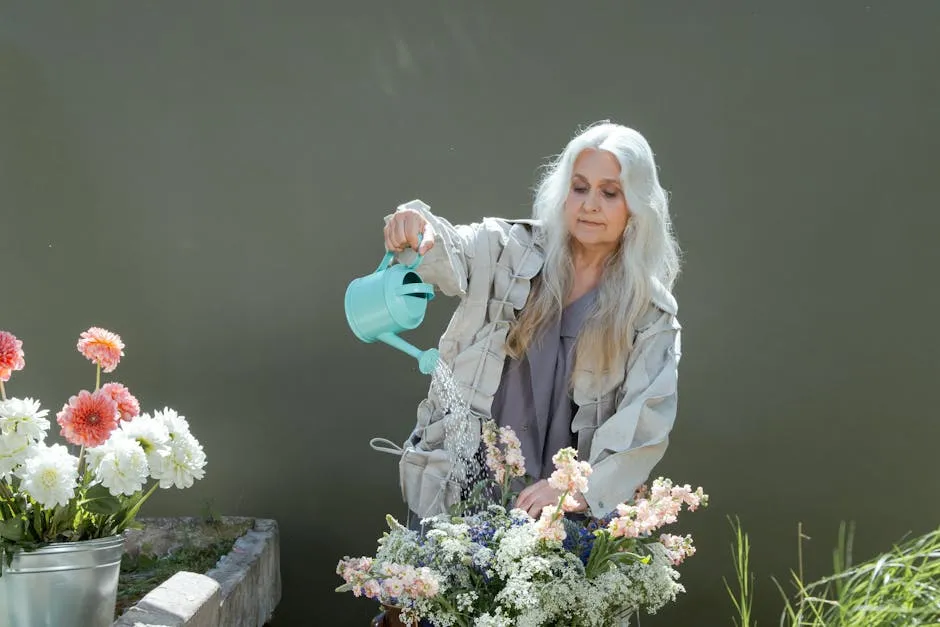
Pest and Disease Management
Common pests like aphids, slugs, and spider mites can plague flower gardens. They may damage your plants, leading to stunted growth. Diseases such as powdery mildew or root rot also threaten your blooms. Monitoring your plants regularly can help catch these issues early.
For eco-friendly management, consider introducing beneficial insects. Ladybugs and lacewings prey on pests while being harmless to plants. Neem oil is another great option. It’s a natural pesticide that targets various garden pests without harming beneficial insects. Regularly inspecting your plants and removing affected leaves can also help maintain a healthy garden. Keeping your flowers healthy is easier with these organic strategies!
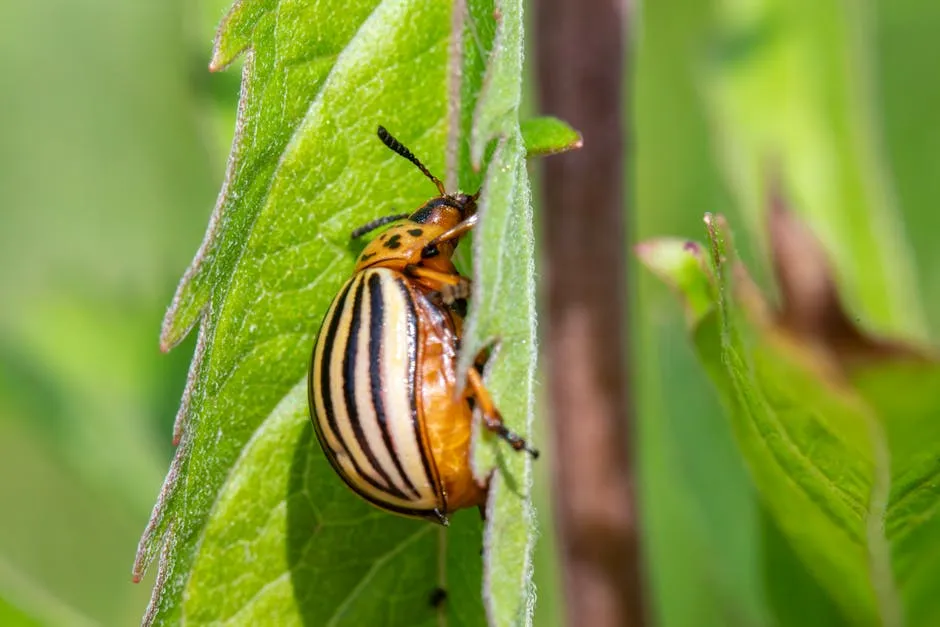
FAQs
What are the best flowers for beginners?
Some easy-to-grow flowers include marigolds, zinnias, and sunflowers. These varieties are forgiving and bloom beautifully.
How do I attract pollinators to my flower garden?
Plant nectar-rich flowers like coneflowers, bee balm, and lavender. Incorporate various flower shapes and colors to draw in bees and butterflies.
When is the best time to plant a flower garden?
Spring is typically ideal for most climates. However, consider your climate zone, as some areas may allow for fall planting.
How can I maintain my flower garden with minimal effort?
Choose native plants, use mulch to retain moisture, and set up a simple irrigation system. These steps can significantly reduce maintenance needs.
What are some common mistakes to avoid when starting a flower garden?
Avoid overcrowding plants, neglecting soil health, and ignoring pest signs. Always research plant needs to ensure a flourishing garden.
To keep track of your gardening journey, consider using a Garden Journal. It’s a great way to reflect on your progress and plan for future seasons.
Please let us know what you think about our content by leaving a comment down below!
Thank you for reading till here 🙂
All images from Pexels



